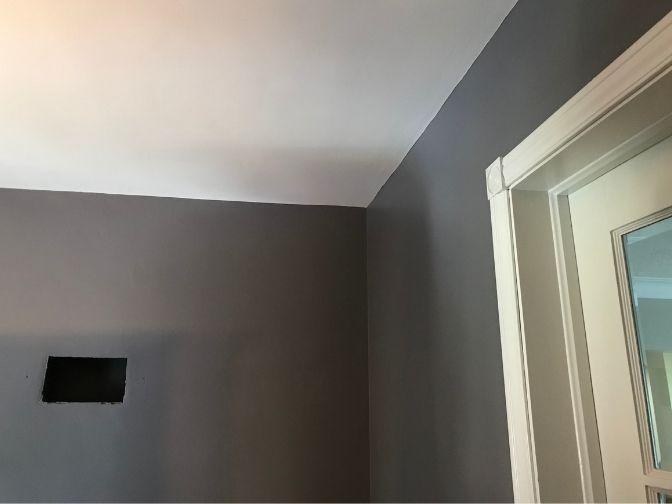01 Apr Hue, Tint, Tone & Shade–What Are The Differences?

Selecting a new colour scheme for your home or business is an exciting way to breathe life into a space you love. Whether you hope to turn heads with a vibrant splash or simply freshen up faded walls, choosing just the right blend of colours will be key. Combing through endless rainbows of paint chips can be daunting enough, but when you start to search for the right words to discuss the range of options, you may come up short.
Thankfully, refreshing your understanding of a few simple vocabulary words you might not have really used since your elementary school art class can make these conversations and decisions much easier.
Colour? Shade? Tone? Hue? Tint? These words are often used interchangeably in everyday speech. In reality, however, they have distinct meanings that can help you to speak about colours with precision.
Here’s a cheat sheet to help you out on your next foray into the paint department. Taking a moment to remember these definitions will help you to sound and feel like a pro!
What’s Wrong With Just Calling Them Colours?
While there is technically nothing wrong with using the word ‘colour’, it is a very general term that encompasses all of the other terms we are going to cover. It is a bit like saying ‘food’ instead of discussing the fine items on a menu! When choosing the just-right scheme for your project or talking with your painter about exactly which accent to use in a particular space, you will want to have the language to reflect your careful choices at your fingertips.
Most of the differences between colours are impacted by whether or not they are pure or mixed with black, white, or grey. Here’s the rundown:
Hues – Hues are absolutely pure and have no black, white, or grey mixed into them. The colours in the colour wheel or in a rainbow are hues. Primary colours like red, blue, and yellow are hues, as are secondary colours like orange, purple, and green. Any mixture of these colours are also hues, as long as no white, black, or grey is added.
Tints – Tints are hues that have had white added to them. A small bit of white lightens the hue a little, while lots of white with just a small amount of hue makes for a much more subtle tint. Light tints are often used to brighten up darker spaces.
Shades – Shades are like tints, except they have black added instead of white. Darker shades can bring a moodier feeling to your space.
Tones – Tones are hues that have grey (black and white) added to them. They are more complex and sophisticated than simple hues, tints, or shades. Most neutral colours are actually tones.
Get Painting!
Now that you’re familiar with the terms you’ll need for your next painting project, you’re ready to make some decisions and clearly communicate your vision. It’s time to hire a painter in Winnipeg and get started transforming the spaces you love.
